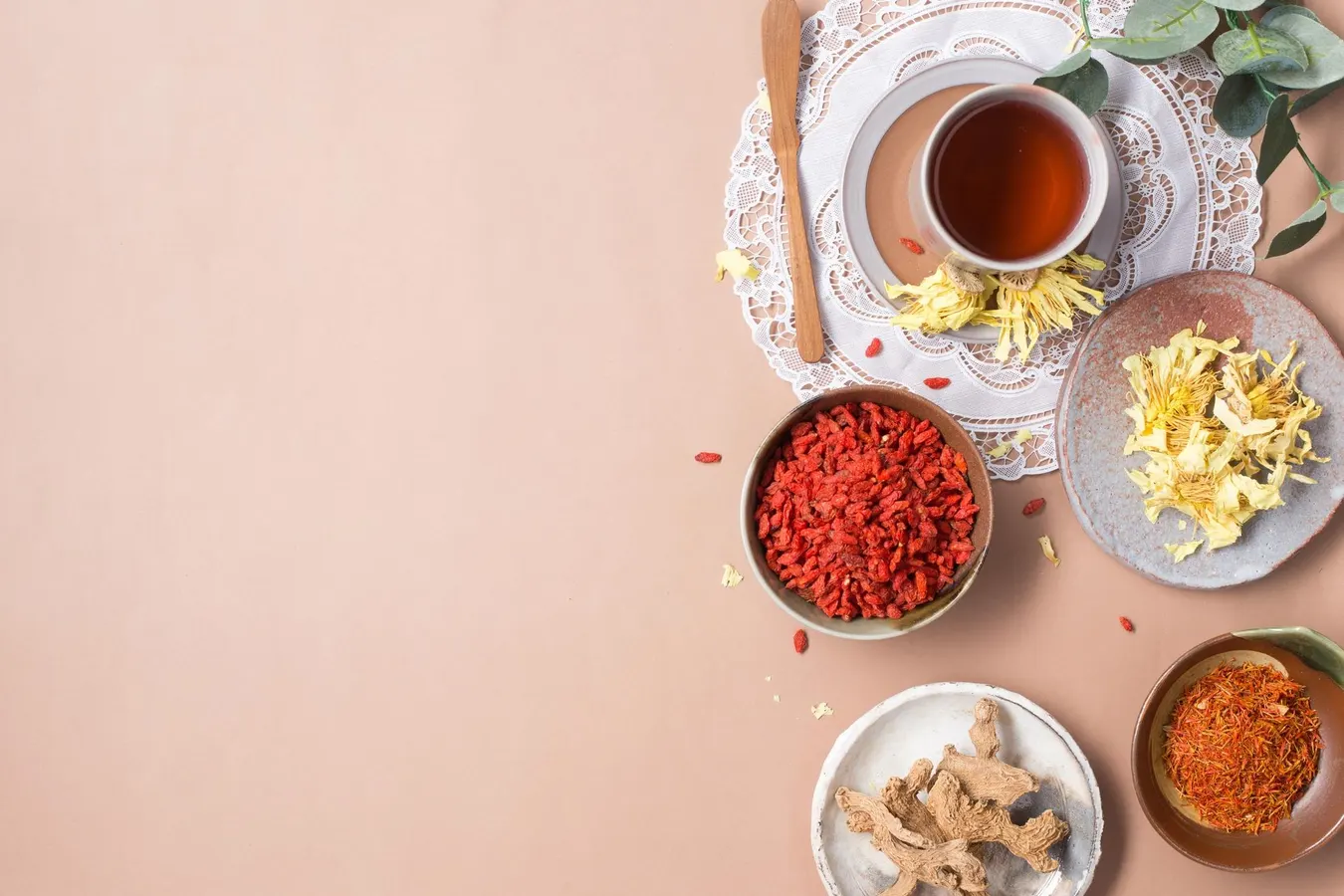By Contributor,Noma Nazish
Copyright forbes

Made with green tea and ancient healing herbs, Korean retinol tea is loaded with antioxidants.
From skin slugging to salmon sperm facials, K-beauty trends have taken over our skincare routines (and social feeds!). And the latest one that’s got everyone talking is Korean retinol tea.
Before we get into the nitty-gritty, it’s worth noting that retinol tea isn’t a traditional Korean concoction but a modern wellness drink made from healing ingredients widely consumed in Asia to holistically improve skin health.
So, what exactly is Korean retinol tea, and should you be drinking it? Here’s what the dermatologists say:
What Is Korean Retinol Tea?
Despite the name, Korean retinol tea doesn’t actually contain retinol, retinoic acid, or prescription retinoids. It’s a blend of antioxidant-rich and anti-inflammatory botanicals like persimmon leaves, green tea, mugwort, ginseng, jujube, goji berries, chrysanthemum, rose petals, and ginger root. Some ingredients like goji berries, ginger, and jujube also contain vitamin A precursors such as beta-carotene.
Different recipes use different combinations of these herbs. “The idea is that certain botanicals may promote skin renewal, soothe inflammation, protect against oxidative damage, and support a healthy skin barrier—effects loosely analogous to the benefits of retinol,” explains Dr. Jane Yoo, dual board-certified cosmetic dermatologist and Mohs surgeon.
What Can Korean Retinol Tea Do For Your Skin?
While it’s by no means a miracle brew, Korean retinol tea does offer some beauty benefits. Here’s what each key ingredient can do for your skin:
Known as nokcha in Korean, green tea is chock full of antioxidants, particularly catechins, which have been shown to reduce inflammation, prevent collagen breakdown, and protect the skin from sun damage and free radicals that contribute to premature aging.
Persimmon is highly valued in Korean traditional medicine for its antioxidant and therapeutic properties. Its fruits and leaves are a rich source of vitamin C and flavonoids that help protect skin cells from environmental damage, fight inflammation, brighten and even skin tone, and support collagen production.
Mugwort (ssuk) has long been revered in Korean culture, used in everything from teas, broths, and rice cakes to incense, soaps, and bath soaks. High in vitamin C and polyphenols, the ancient herb is prized for its antimicrobial, antioxidant, and anti-inflammatory effects that may help improve skin health by soothing irritation, protecting against oxidative damage, strengthening the skin barrier, and controlling the growth of acne-causing bacteria.
Ginseng has been a staple in East Asian beauty rituals for centuries. It contains active compounds called ginsenosides that offer a broad range of anti-aging benefits by increasing circulation, reducing inflammation, brightening complexion, protecting skin cells from sun damage, and stimulating the production of collagen.
Since Korean retinol tea is packed with antioxidants, it not only helps promote healthier skin, but also aids digestion, metabolism, and immunity, adds Dr. Justine Park, board-certified dermatologist in Westlake Village, California.
Are There Any Drawbacks To Consider?
“In moderate quantities, Korean retinol tea is safe for just about everyone,” says Dr. Christina Chung, board-certified dermatologist based in Philadelphia. Plus, it can be used alongside retinol in skincare. Since the tea doesn’t have any retinol in it, “including a retinol topically is both reasonable and recommended,” says Dr. Chung.
One thing to consider is that green tea contains caffeine, so those who are sensitive or looking to limit their caffeine intake may want to avoid it.
Those who are pregnant or breastfeeding should also be cautious, as some herbs might have effects not well studied in pregnancy, says Dr. Yoo. Additionally, if you’re on medication or have an underlying medical condition, Dr. Chung recommends speaking with your physician first to avoid potential interactions.
How To Use Korean Retinol Tea For Best Results?
In case you’re curious to jump on the trend, here’s how to incorporate the anti-aging tea safely into your routine and get the most out of it, according to dermatologists:
Shop quality ingredients: Use high-quality herbs, preferably dried ones as they may have better antioxidant activity. They are also easier to store and can last longer.
Drink it in the AM: Since caffeine in green tea can act as a stimulant, Dr. Chung suggests taking retinol tea in the morning rather than later in the day to keep it from messing with your sleep.
Watch temperature and steep time: Dr. Yoo recommends steeping herbs and green tea at appropriate temperatures and for the right amount of time to preserve their beneficial compounds. Steeping tea for too long also releases more tannins, which may cause digestive discomfort, she adds.
Be consistent: You won’t see visible results from one cup. Regular use over weeks is more likely to show changes (e.g.; in tone, texture, and inflammation), says Dr. Yoo.
Don’t skip the basics: According to Dr. Chung, Korean retinol tea works best when paired with skincare best practices like getting enough sleep, staying hydrated, eating whole foods, and wearing broad-spectrum sunscreen daily.
Lastly, keep in mind that retinol tea is not a replacement for professional treatment, especially for severe sun damage, deep wrinkles, or medical skin conditions, reminds Dr. Yoo. If you’re worried about a particular skin concern, seeing a dermatologist first is always a good idea.
Editorial StandardsReprints & Permissions



